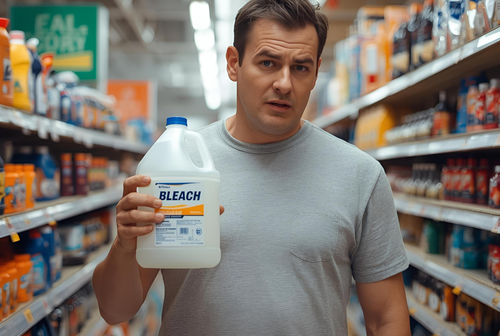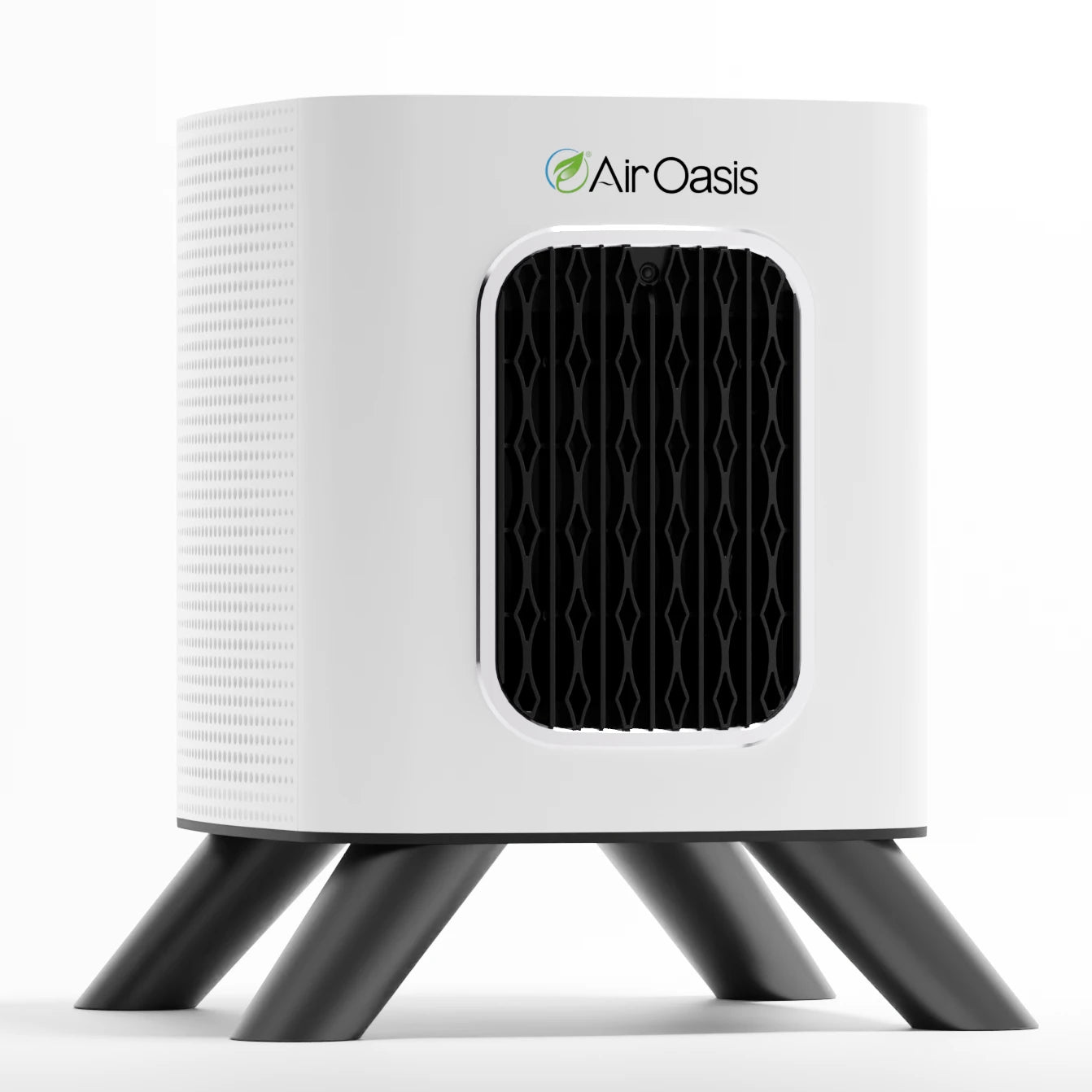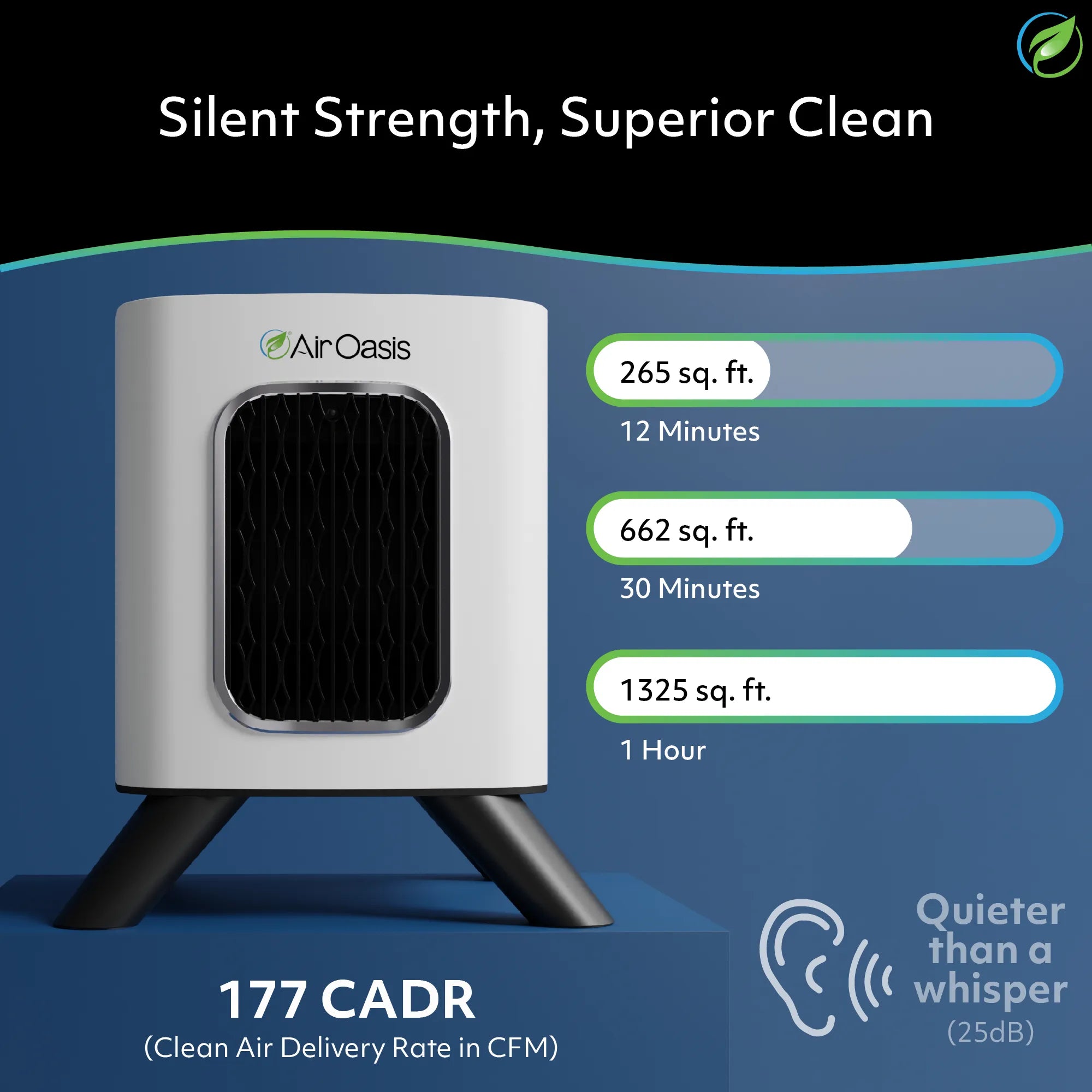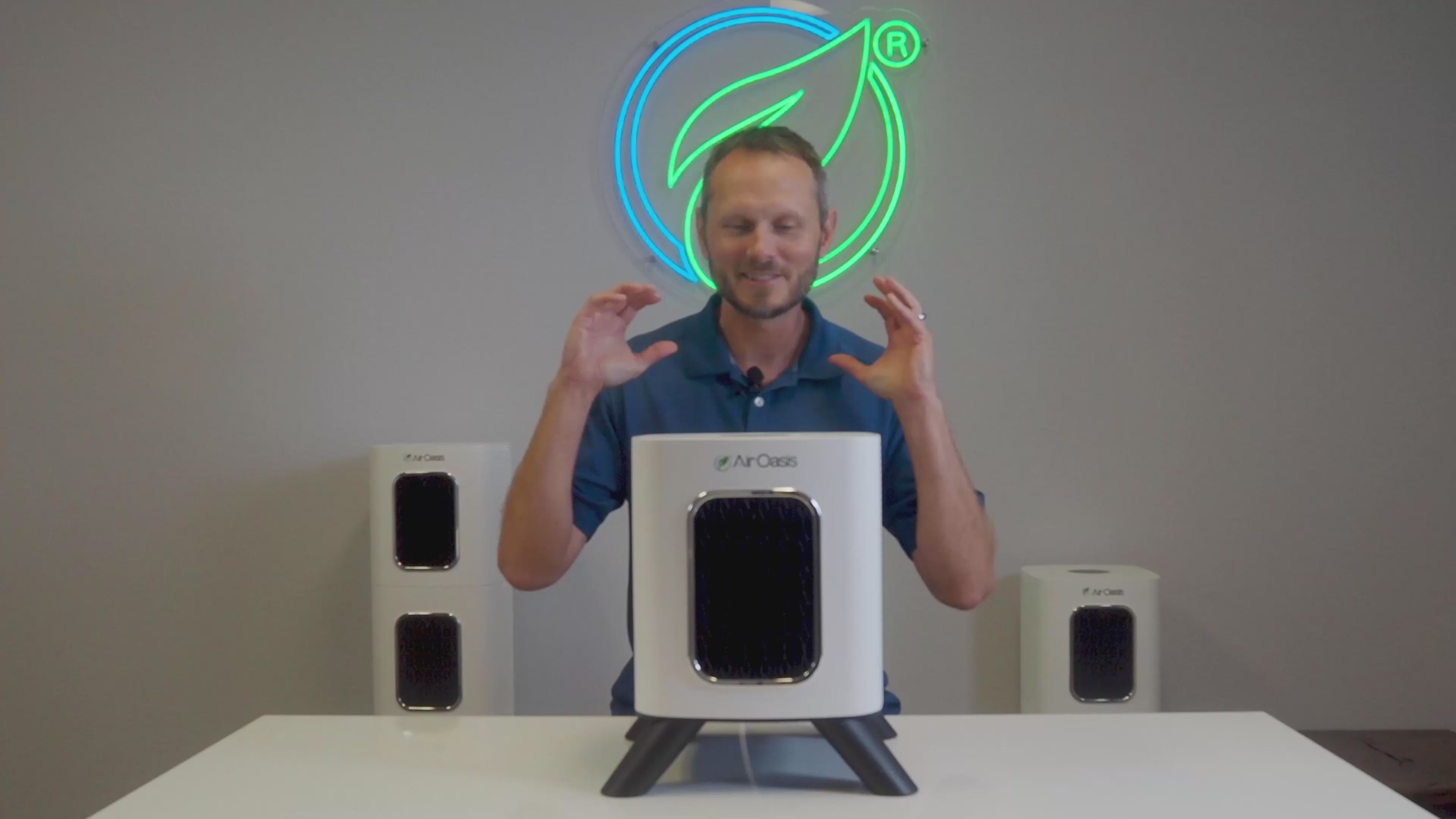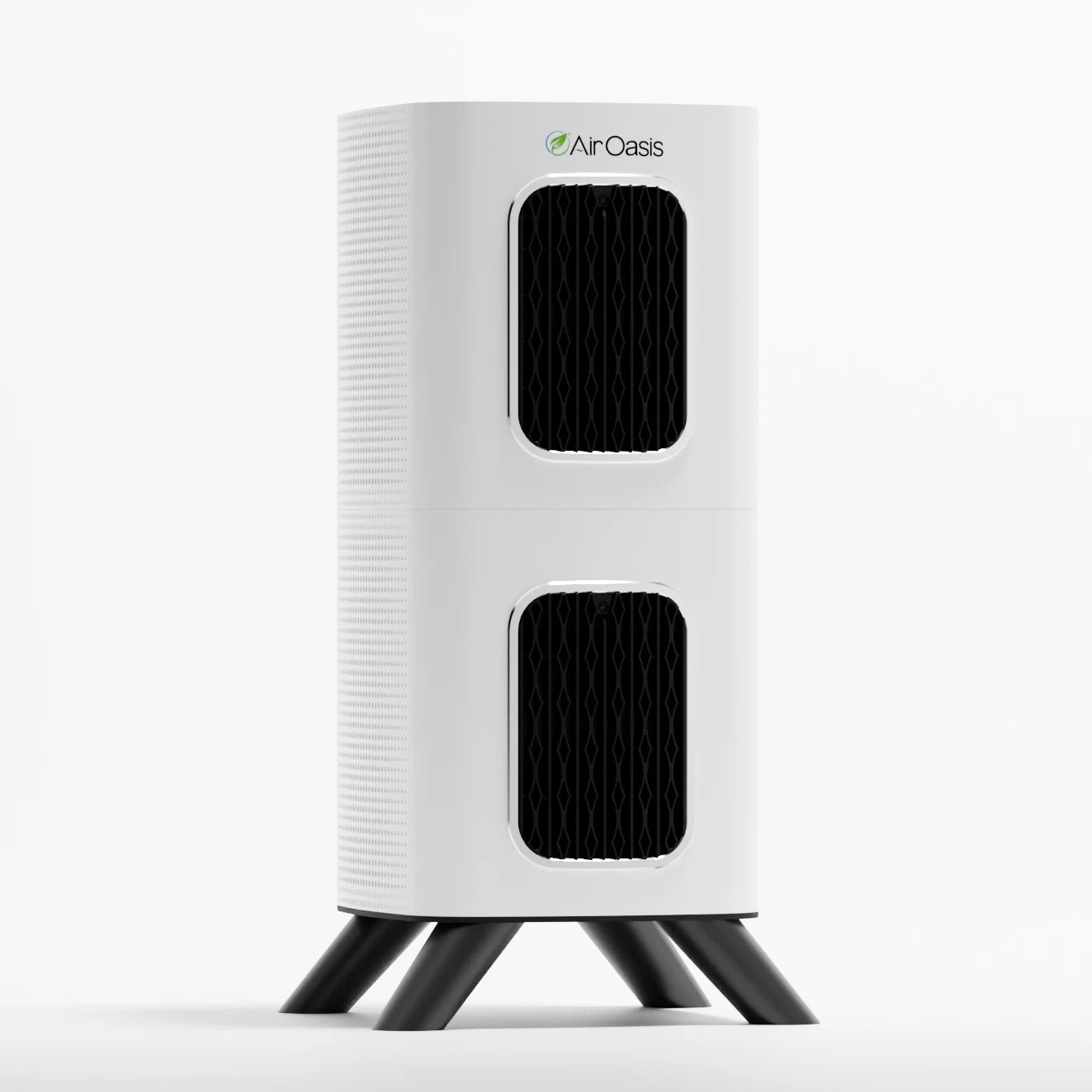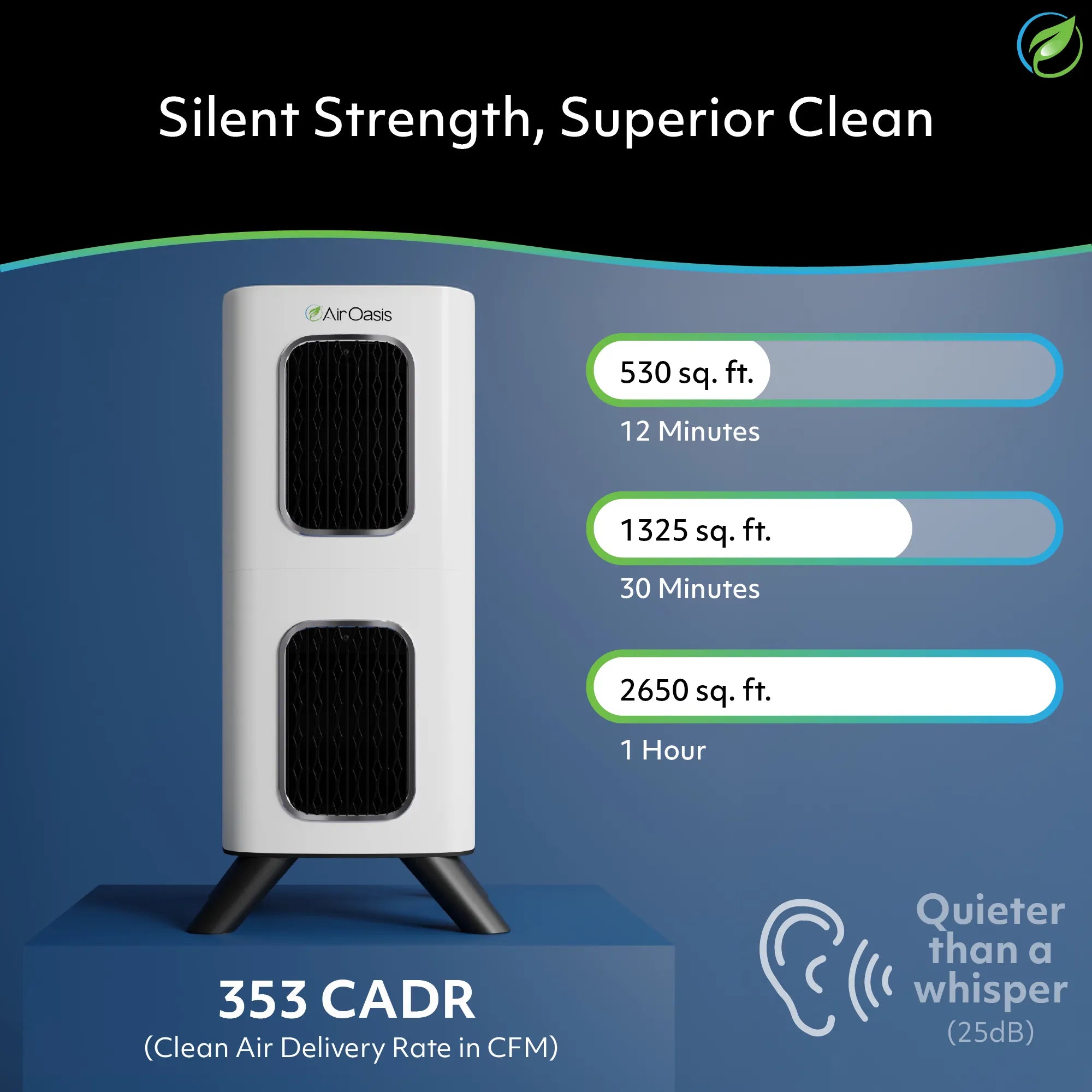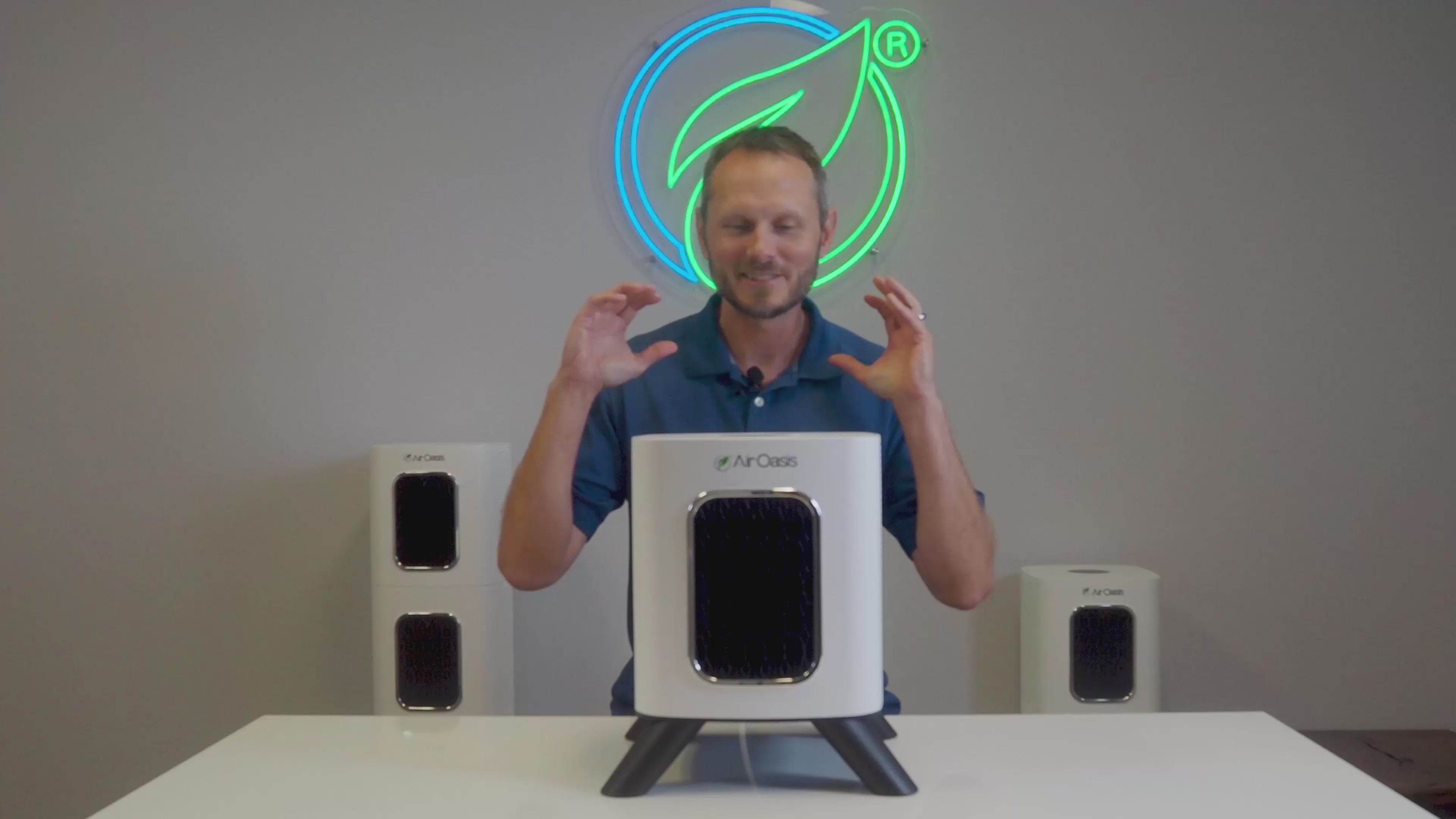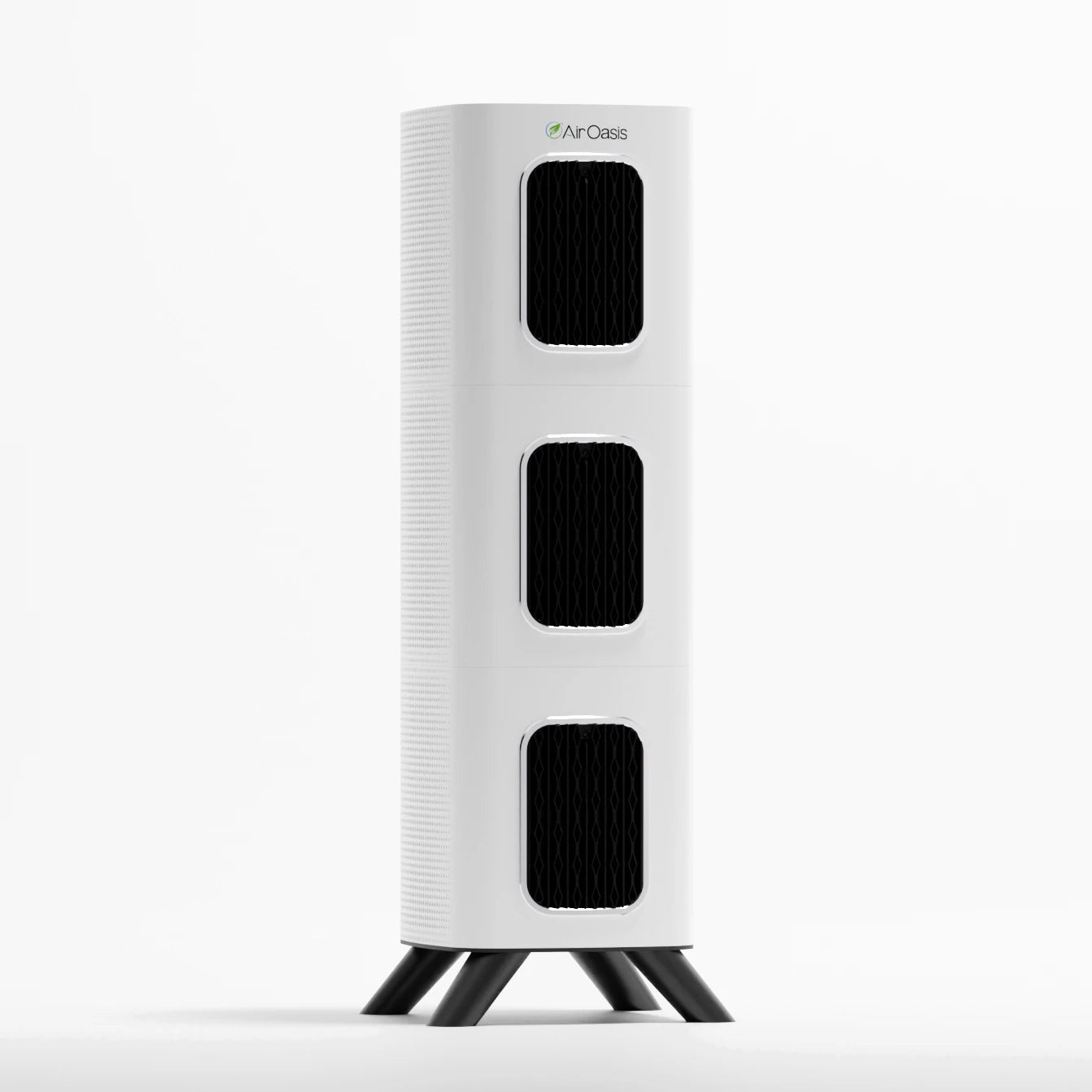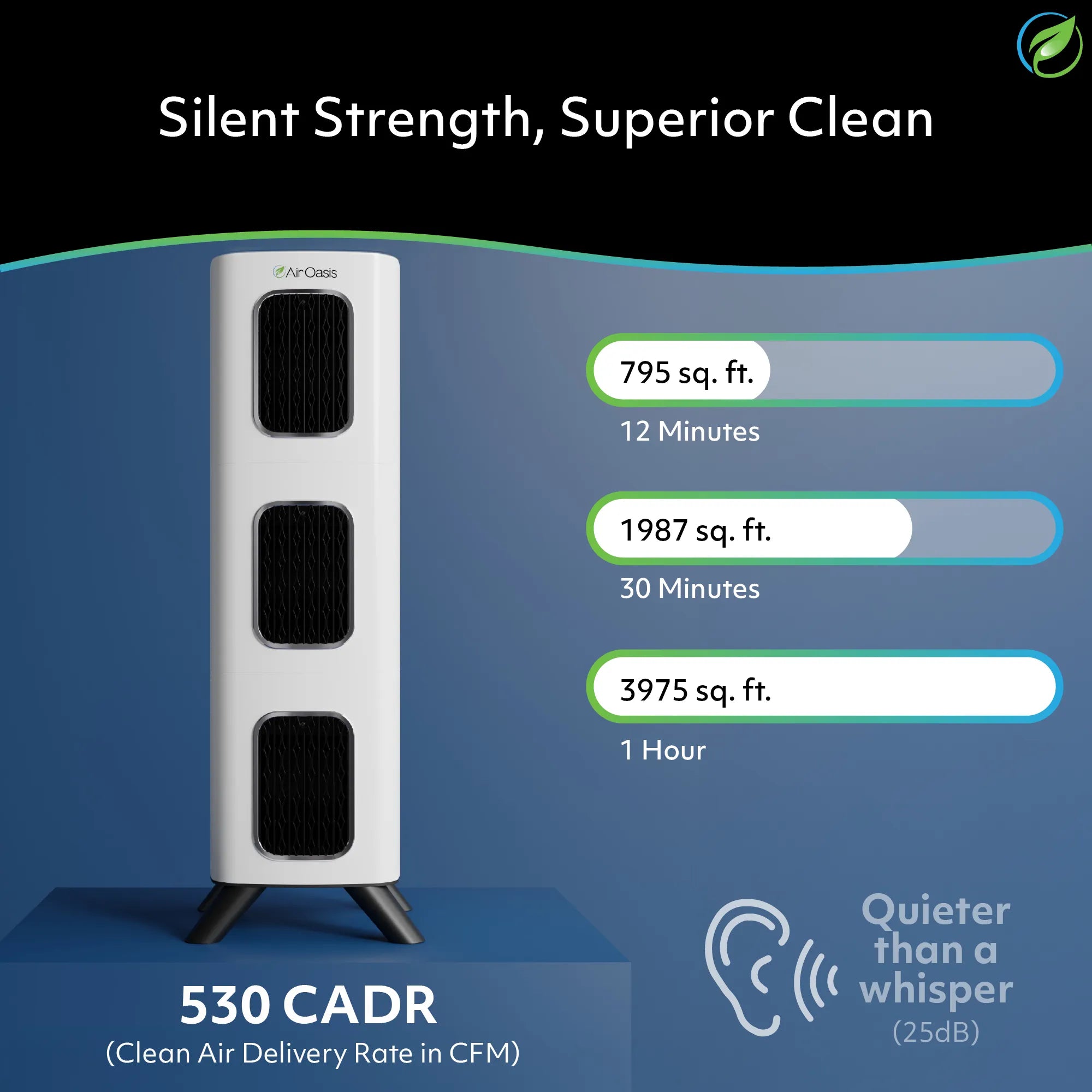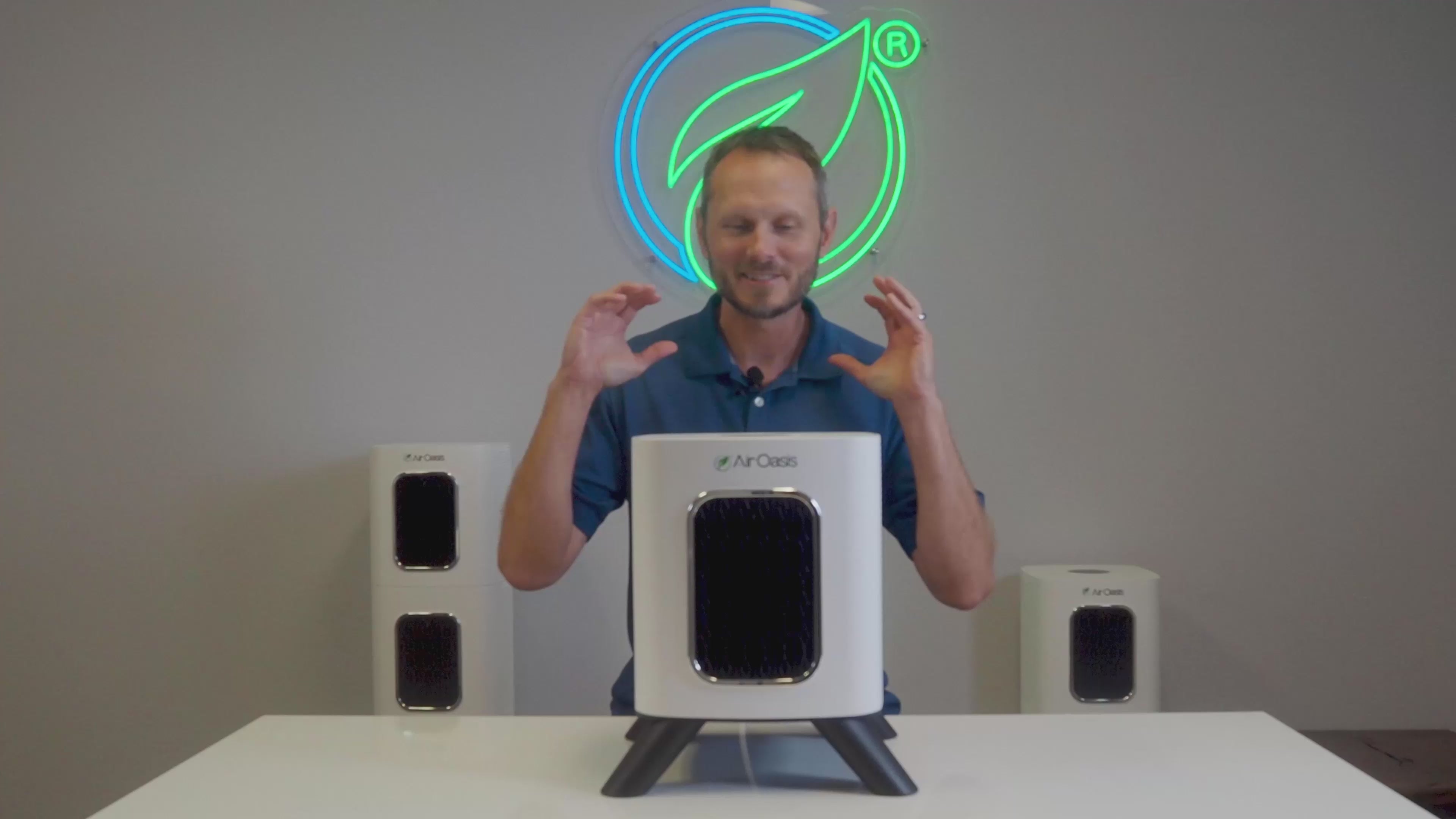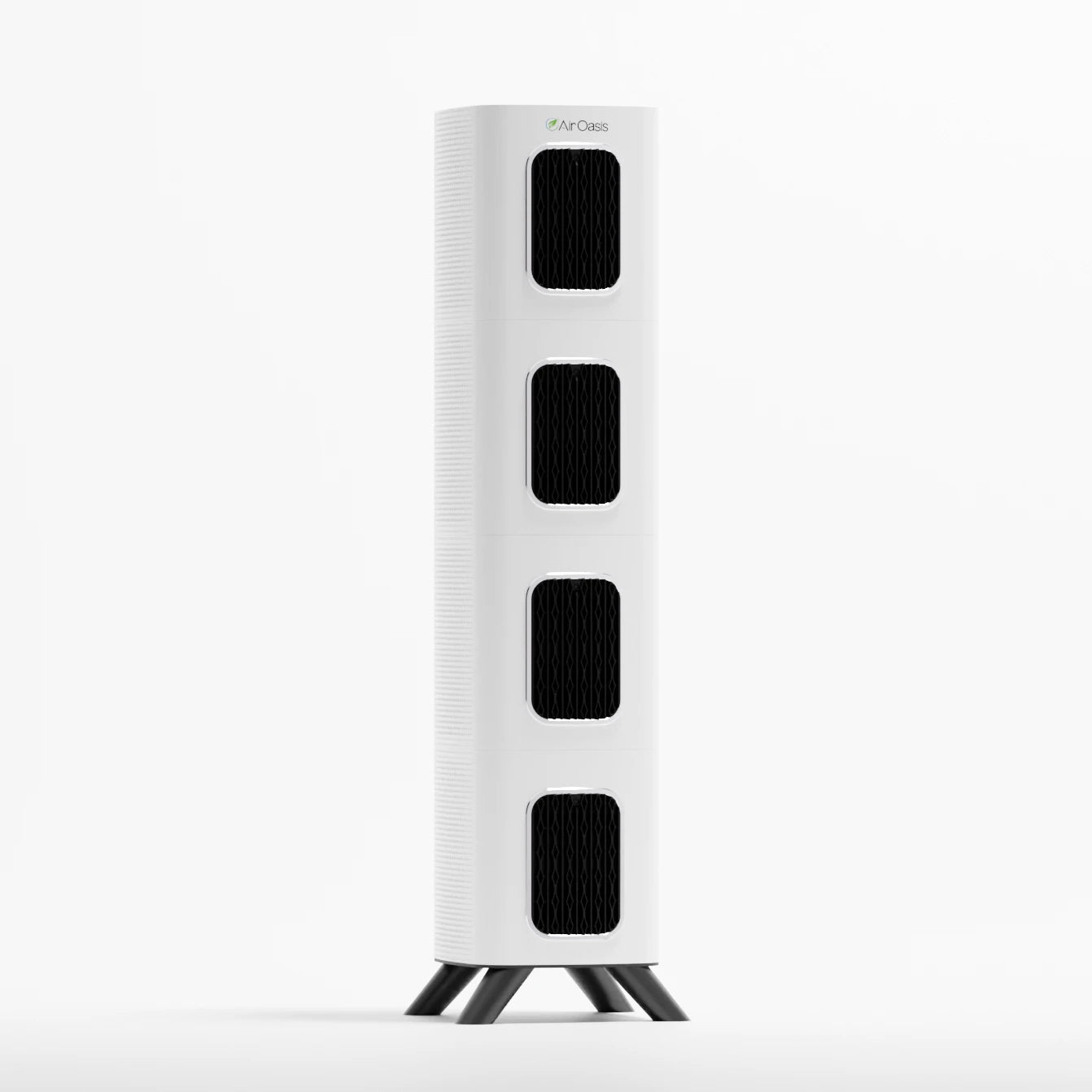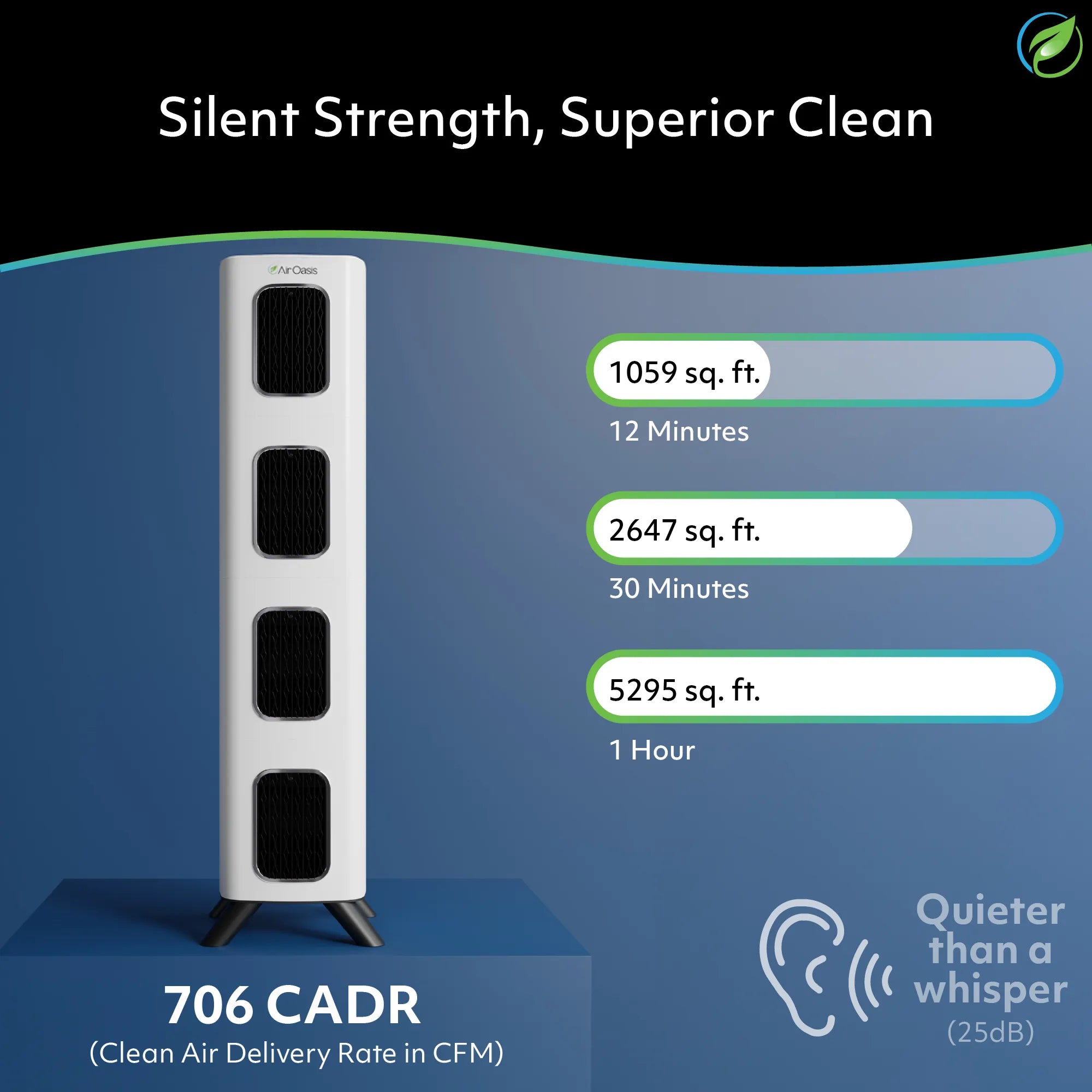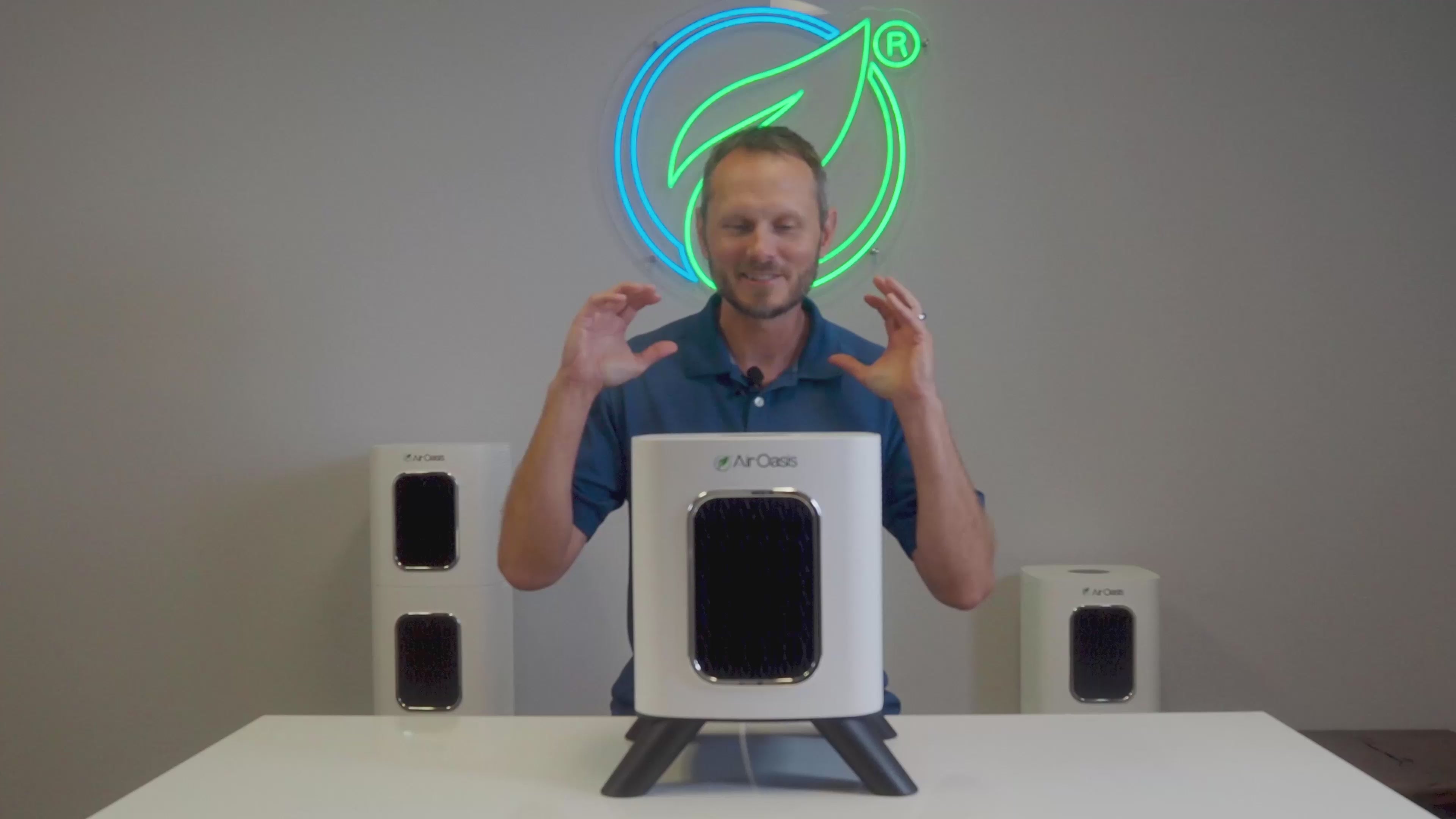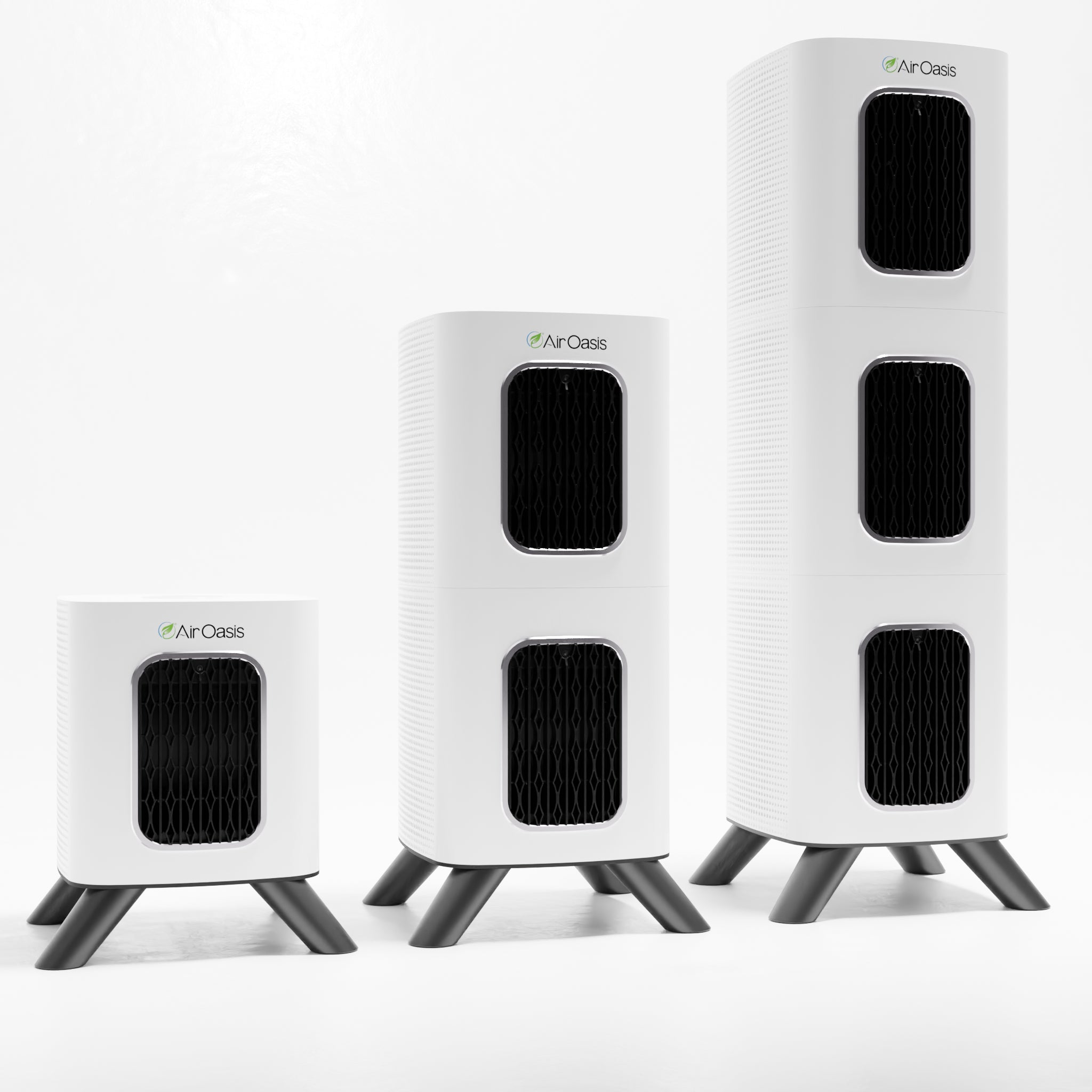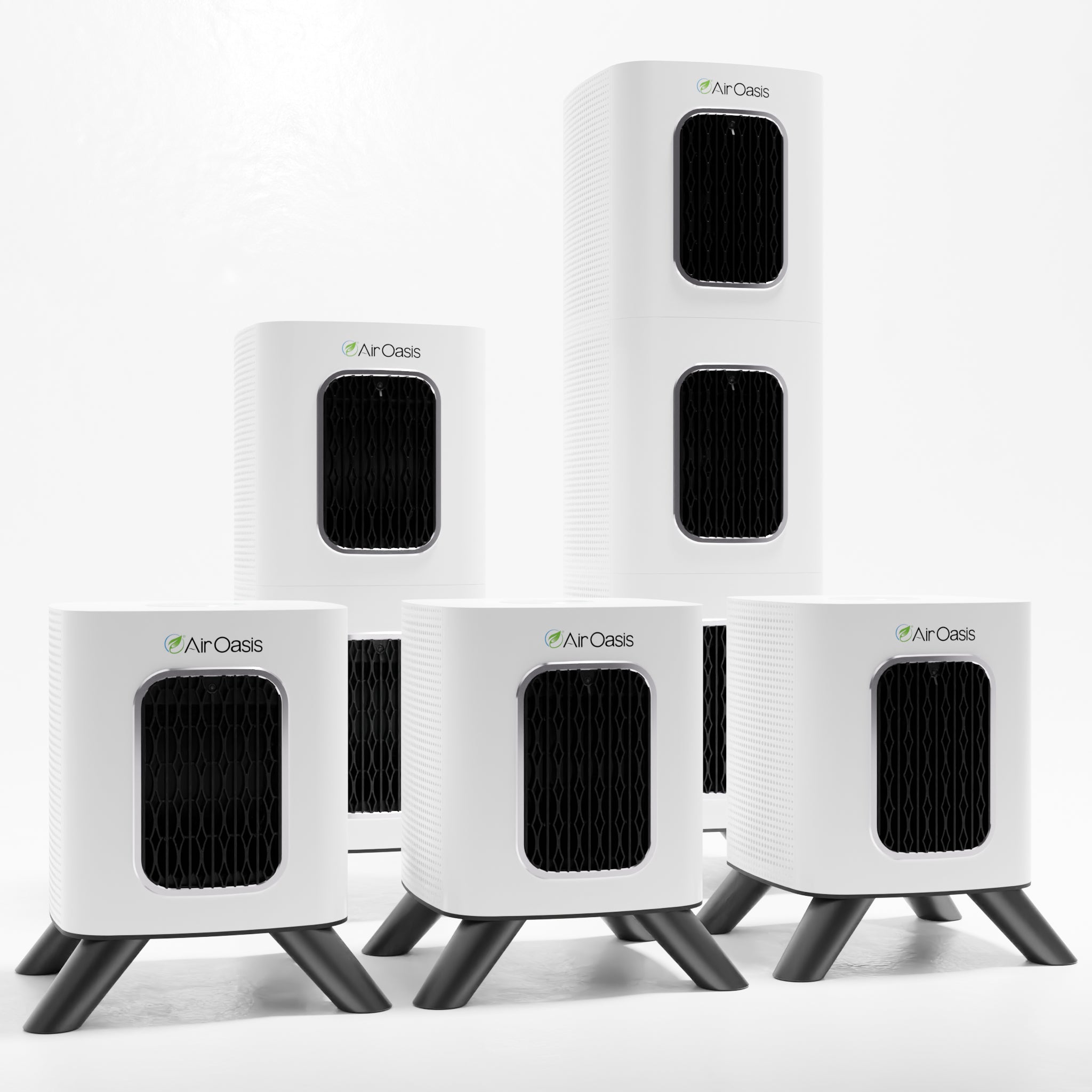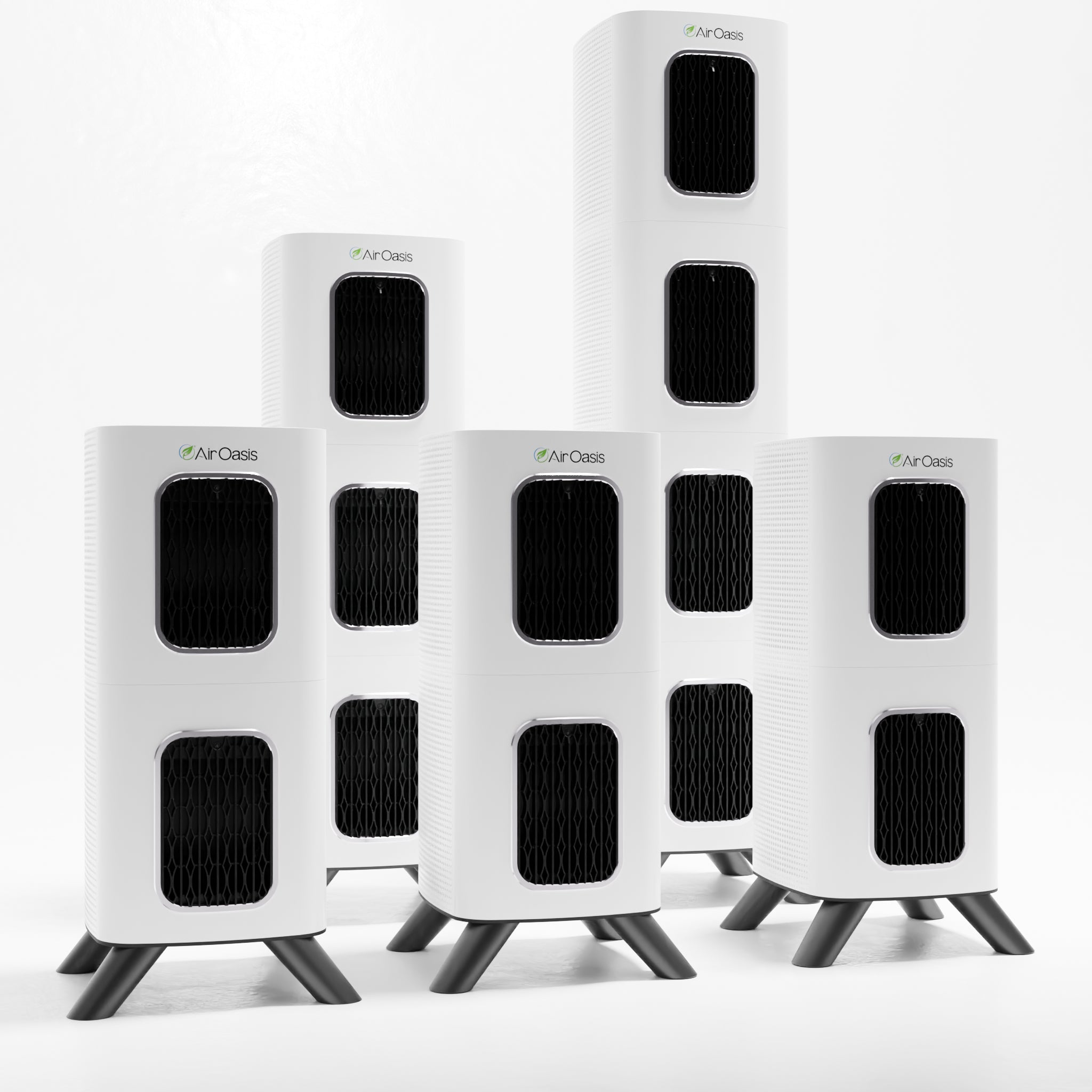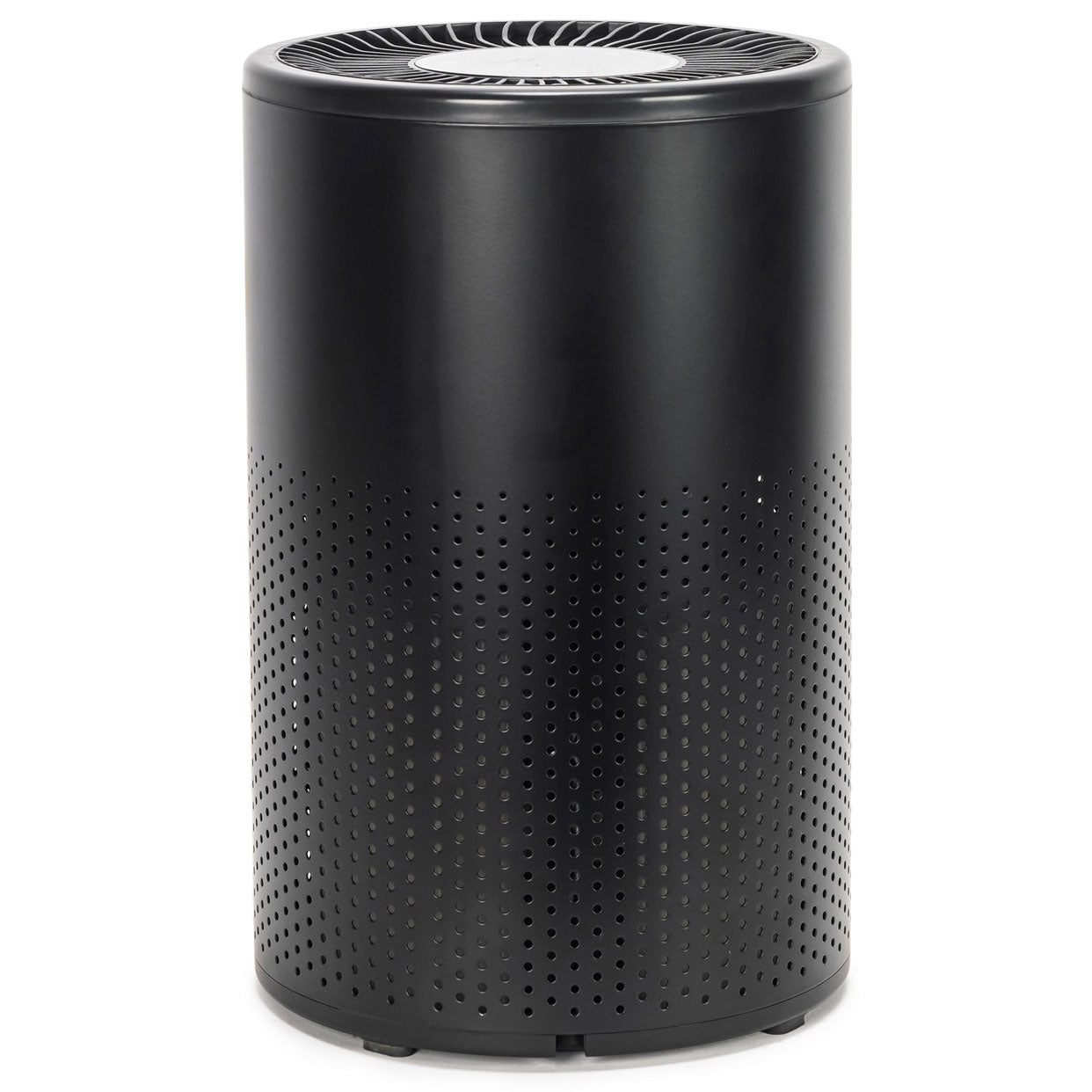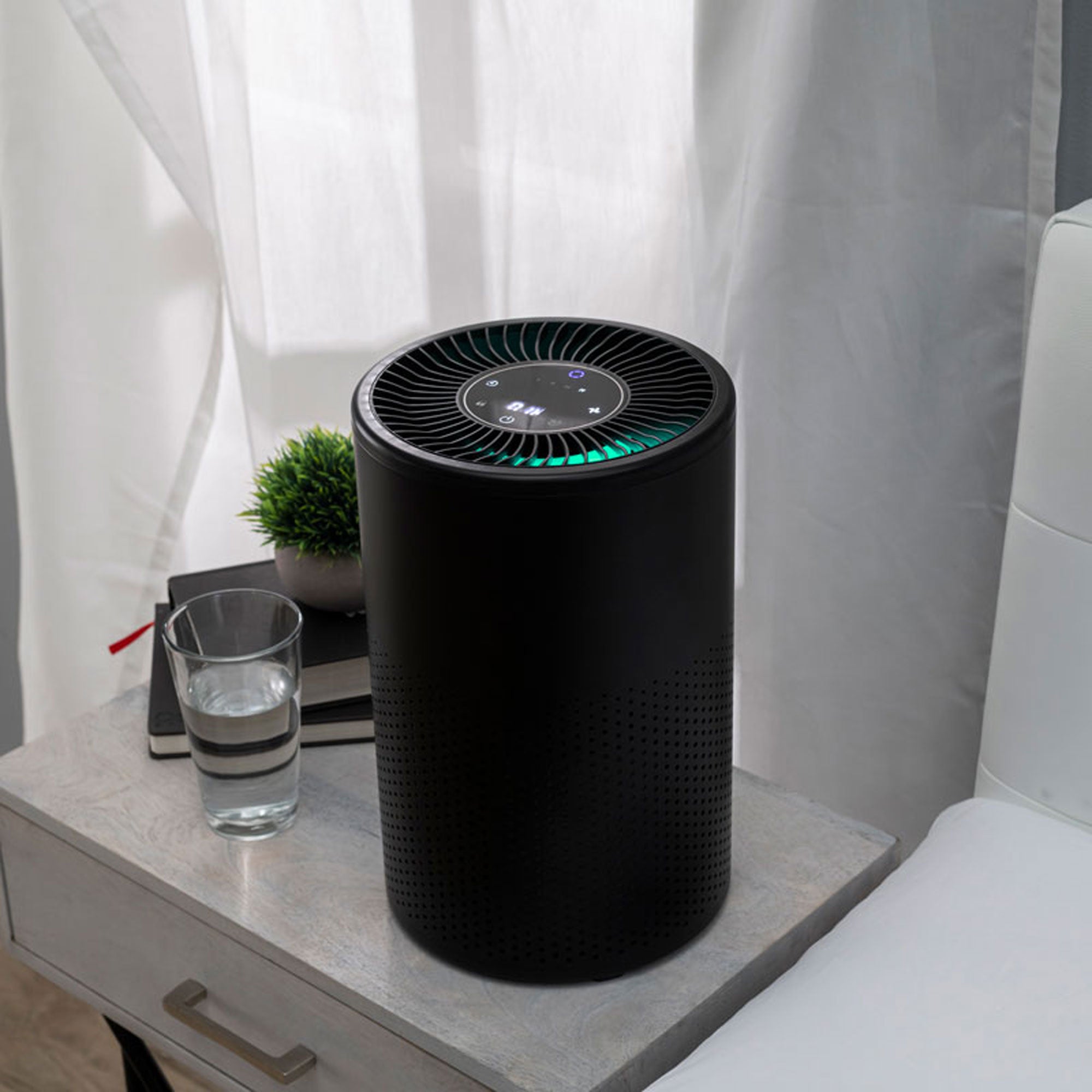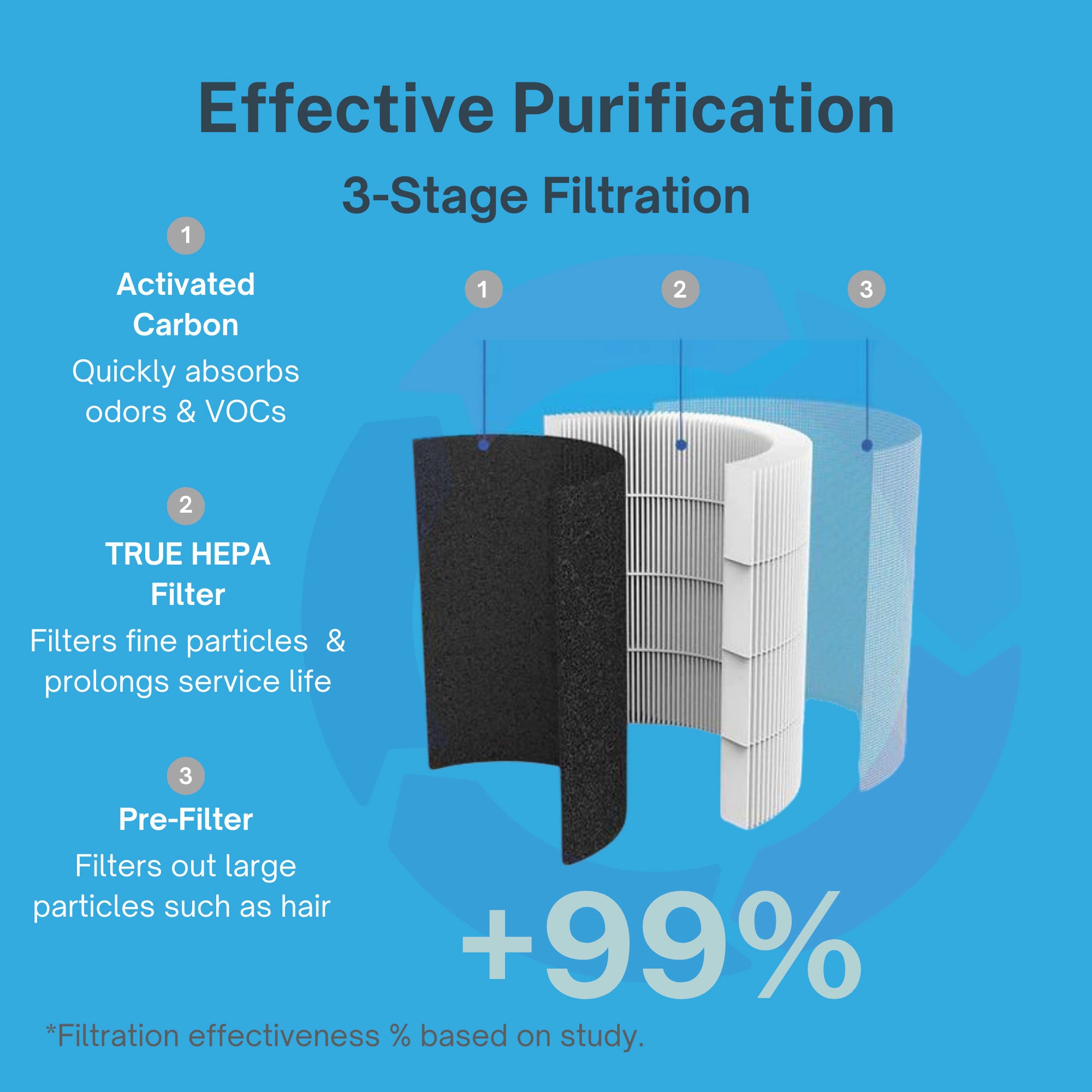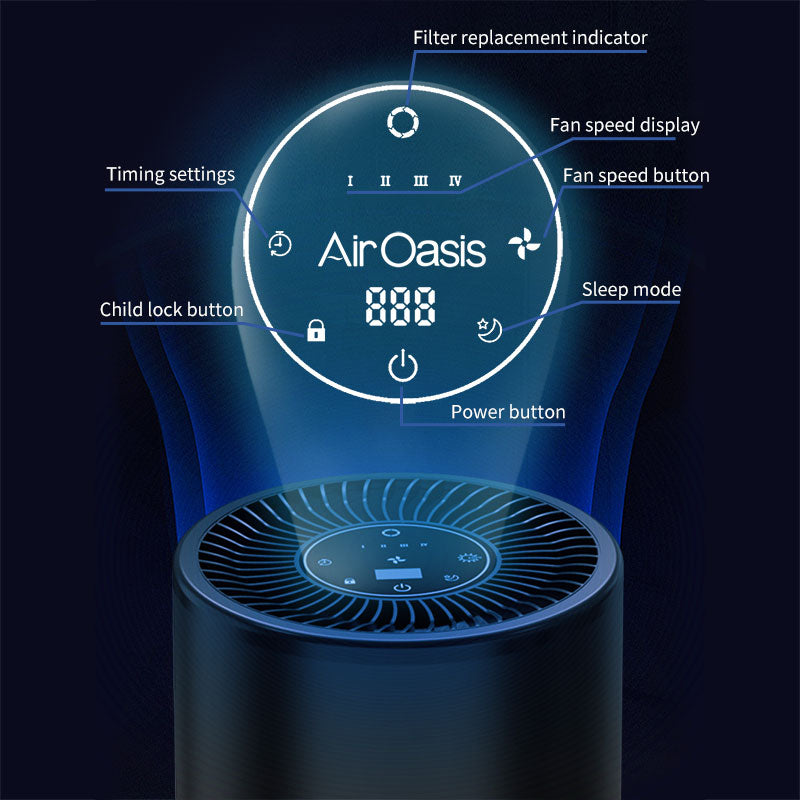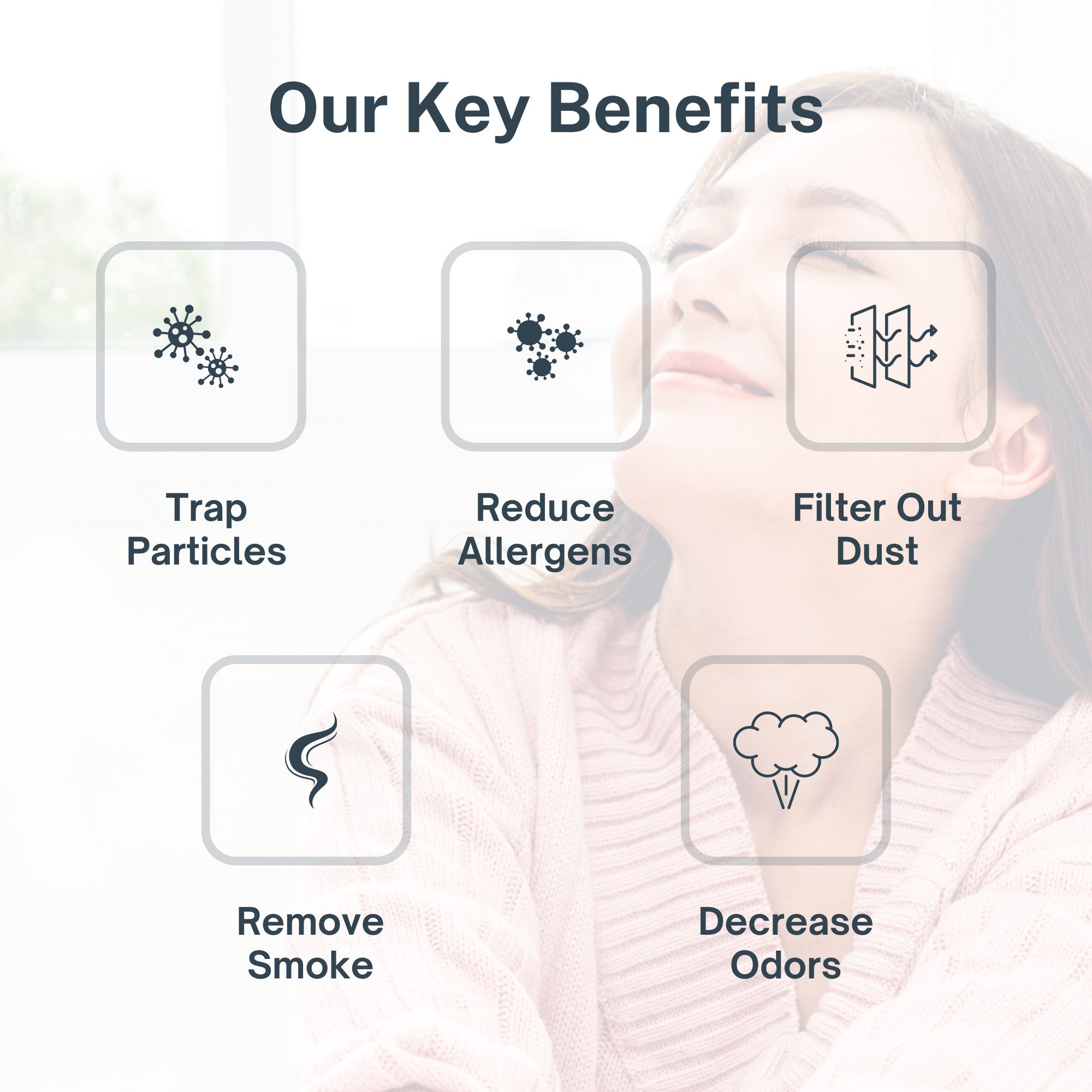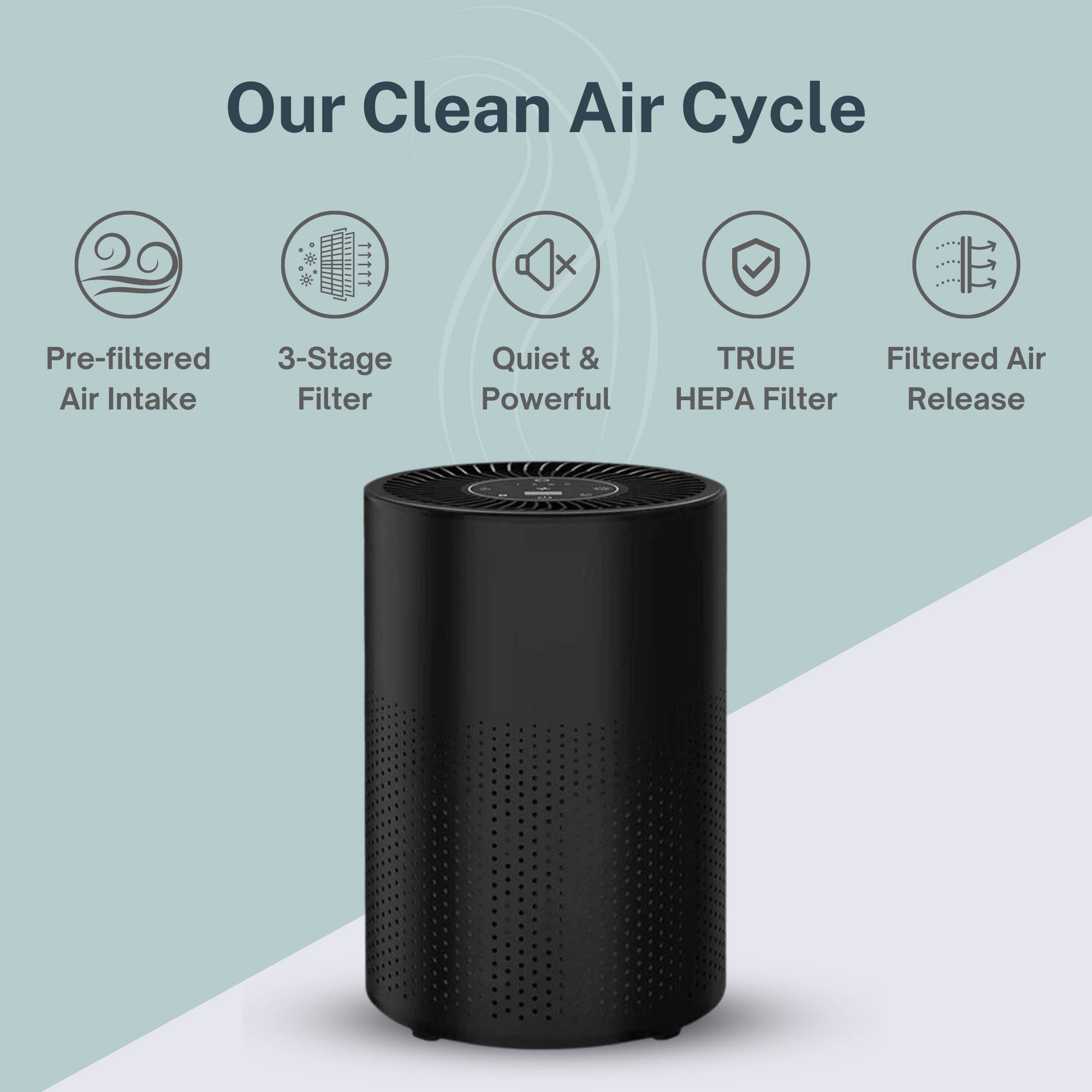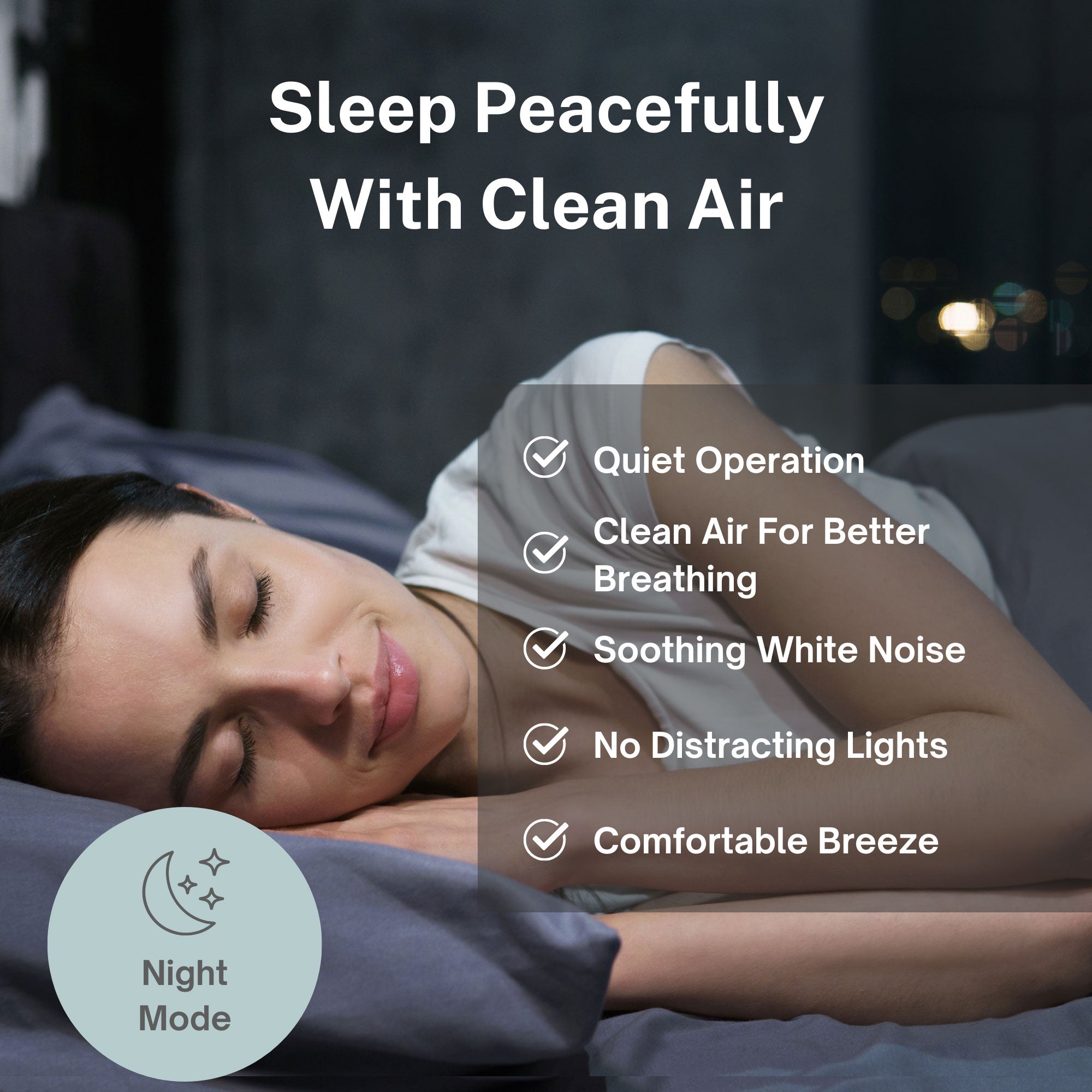Could your indoor air quality be setting the stage for Parkinson's disease decades before symptoms appear? New research from Dr. Ritchie Shoemaker and his team has uncovered a startling connection between Chronic Inflammatory Response Syndrome (CIRS) and Parkinson's disease that could change how we think about prevention and early intervention.
Breaking Down the CIRS-Parkinson's Connection
Scientists have discovered something remarkable. People with CIRS - a condition caused by exposure to water-damaged buildings - show the same gene patterns as Parkinson's patients. This isn't just a coincidence. It's a warning sign.
The research published in Medical Research Archives in 2024 found that CIRS patients, even young ones under 50, have what researchers call "Triple Positives." These are specific gene markers that also show up in people with Parkinson's disease. The genes include clusterin (CLU) and a panel of blood clotting genes.
Here's what makes this discovery so important. Parkinson's disease usually doesn't show symptoms until your 60s. By then, you've already lost about 80% of the brain cells that make dopamine. But these gene changes happen much earlier. Finding them in young CIRS patients suggests the disease process starts decades before anyone notices tremors or movement problems.
Dr. Shoemaker's team tested a small group of CIRS patients using established treatment protocols. The results were encouraging. Many symptoms improved, and the abnormal gene patterns returned to normal. This suggests that catching and treating the inflammatory process early might prevent Parkinson's from developing.
The implications are huge for people focused on health optimization. Indoor air quality isn't just about feeling better today. It might be about protecting your brain for decades to come.
How Water-Damaged Buildings Trigger Brain Changes
Water-damaged buildings create a toxic soup of mold, bacteria, and biotoxins. When you breathe this contaminated air, your immune system goes haywire. For some people, this triggers CIRS - a condition where inflammation never shuts off.
The inflammatory process doesn't just stay in your lungs or sinuses. It travels throughout your body, including your brain. Chronic inflammation damages the blood-brain barrier, letting toxins into areas they shouldn't reach. Over time, this can trigger the same cellular changes seen in Parkinson's disease.
The research shows that people with CIRS have abnormal levels of proteins that affect brain cell survival. These same proteins are elevated in Parkinson's patients. The inflammatory cascade also affects genes that control how brain cells transport materials and maintain their structure.
What's particularly concerning is how common water damage is in buildings. The EPA estimates that 50% of buildings have some form of water damage or moisture problems. That means millions of people are potentially exposed to conditions that could trigger CIRS and set the stage for neurodegenerative disease.
Indoor air quality becomes critical when you understand this connection. Air Oasis purification systems remove mold spores, bacteria, and biotoxins that contribute to CIRS development. Medical-grade HEPA filtration combined with UV-C sterilization can significantly reduce exposure to the toxins that trigger chronic inflammation.
The Inflammatory Highway to Neurodegeneration
Inflammation acts like a highway that connects different parts of your body. When CIRS develops, inflammatory signals travel from your respiratory system to your brain through your bloodstream. This creates a cascade of cellular damage that can persist for years.
The research identifies specific inflammatory markers that appear in both CIRS and Parkinson's patients. These include cytokines like interleukin-1 beta and tumor necrosis factor-alpha. When these inflammatory molecules reach the brain, they damage the cells that produce dopamine - the same cells that die in Parkinson's disease.
Blood clotting changes also play a role. Both CIRS and Parkinson's patients show abnormal clotting patterns that can reduce blood flow to the brain. This creates areas of chronic low oxygen that make brain cells more vulnerable to damage.
The good news is that this inflammatory process appears reversible in early stages. When CIRS patients received appropriate treatment to reduce inflammation and remove ongoing toxin exposure, their gene patterns normalized. This suggests that addressing the root cause - contaminated indoor air - might prevent progression to neurodegenerative disease.
Understanding this connection empowers health-conscious individuals to take action before symptoms appear. Regular assessment of indoor air quality, proper ventilation, and advanced air purification can reduce exposure to the biotoxins that trigger this inflammatory cascade.
Early Detection and Prevention Strategies
The discovery of shared gene patterns between CIRS and Parkinson's opens new possibilities for early detection and prevention. Instead of waiting for tremors or movement problems to appear, we might be able to identify people at risk decades earlier through blood tests that measure gene expression.
The GENIE test developed by Dr. Shoemaker's team measures mRNA expression in white blood cells. This can identify the inflammatory gene patterns associated with both CIRS and Parkinson's risk. While still in research phases, this type of testing could become a powerful tool for early intervention.
Prevention strategies focus on reducing exposure to biotoxins and managing inflammation. This includes addressing water damage in homes and workplaces, improving indoor air quality, and supporting the body's natural detoxification processes. Some researchers suggest that people with genetic susceptibility to CIRS might benefit from more aggressive prevention measures.
Air purification technology plays a crucial role in prevention. Systems that combine multiple filtration methods - HEPA, activated carbon, UV-C, and safe ionization - can remove the full spectrum of biotoxins associated with CIRS development. This creates a cleaner indoor environment that reduces the inflammatory burden on your immune system.
The research also highlights the importance of prompt treatment when CIRS symptoms appear. Early intervention with established protocols can reverse the inflammatory process and potentially prevent progression to neurodegenerative disease. This makes indoor air quality assessment and treatment a critical component of long-term brain health.
What This Means for Your Health Strategy
This research fundamentally changes how we should think about brain health and disease prevention. Parkinson's disease might not be an inevitable result of aging or bad genetics. For some people, it could be a preventable consequence of environmental exposure and chronic inflammation.
Health optimization now includes protecting your indoor air quality as aggressively as you protect your diet or exercise routine. The biotoxins in water-damaged buildings aren't just causing immediate symptoms like fatigue or brain fog. They might be programming your genes for neurodegenerative disease decades later.
The connection between CIRS and Parkinson's also explains why some people develop neurological symptoms while others don't, despite similar exposures. Genetic factors that affect how your immune system responds to biotoxins may determine your risk level. People with certain HLA genes appear more susceptible to developing CIRS and its long-term consequences.
For health-conscious individuals, this research provides a roadmap for action. Regular indoor air quality assessment, prompt treatment of any water damage, and investment in medical-grade air purification aren't just comfort measures. They're potentially life-saving interventions that could prevent devastating neurological disease.
Take Action to Protect Your Future Brain Health
The link between CIRS and Parkinson's disease represents both a warning and an opportunity. While the connection is concerning, it also means we have tools to potentially prevent one of the most devastating neurological diseases. Your indoor air quality decisions today could protect your brain health for decades to come.
Start by assessing your current and past exposure to water-damaged buildings. If you've experienced unexplained fatigue, brain fog, or respiratory symptoms, consider evaluation for CIRS. Early detection and treatment of chronic inflammation could prevent progression to more serious neurological problems.
Ready to take control of your indoor air quality and protect your long-term brain health? Air Oasis provides medical-grade air purification that removes the mold, bacteria, and biotoxins linked to CIRS development. Shop Air Oasis today and invest in technology that could safeguard your neurological future.
Frequently Asked Questions About CIRS and Parkinson's Disease
Here are some answers to FAQs on this topic.
Can CIRS actually cause Parkinson's disease?
Research suggests CIRS may trigger the same inflammatory processes that lead to Parkinson's, especially in genetically susceptible individuals.
How early can the connection be detected?
Gene expression changes appear decades before Parkinson's symptoms, potentially allowing for very early intervention and prevention.
Is the brain damage from CIRS reversible?
Early research shows that treating CIRS can normalize gene expression patterns, suggesting some brain changes may be reversible if caught early.
Should I get tested for CIRS if I'm concerned about Parkinson's?
If you have unexplained neurological symptoms or history of water-damaged building exposure, CIRS evaluation may be beneficial.
Can improving indoor air quality really prevent Parkinson's?
While more research is needed, removing biotoxin exposure through quality air purification may reduce CIRS risk and subsequent neurological complications.


